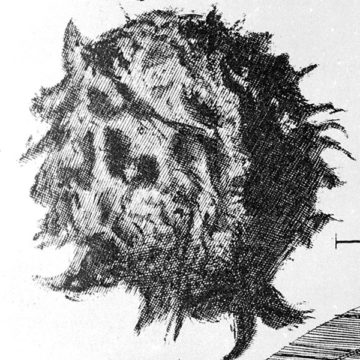Anil Gomes in The Guardian:
 Why do some things combine and others separate? Add nitric acid to gold, and nothing happens. Pour on aqua regia, a mixture of nitric and hydrochloric acids, and the gold dissolves. The chemical doctrine of affinity emerged as a way to explain these reactions. In his 1809 novel Elective Affinities, Johann Wolfgang Goethe applied the idea to human relationships. Charlotte and Edward may form a stable union but if Edward has an affinity with young Ottilie – ah, well, then all bets are off.
Why do some things combine and others separate? Add nitric acid to gold, and nothing happens. Pour on aqua regia, a mixture of nitric and hydrochloric acids, and the gold dissolves. The chemical doctrine of affinity emerged as a way to explain these reactions. In his 1809 novel Elective Affinities, Johann Wolfgang Goethe applied the idea to human relationships. Charlotte and Edward may form a stable union but if Edward has an affinity with young Ottilie – ah, well, then all bets are off.
What is an affinity? A little like a crush, I suppose, at least at the beginning. And sometimes just as fleeting. But sometimes more stable, more serious, and more revealing of our ways of engaging with things. Brian Dillon’s writings have always been marked by affinities – for artworks, for writers, even for particular sentences. In this work he turns his attention to the notion of affinity itself, through an examination of images that have drawn his gaze.
We start with a picture from Robert Hooke’s 1665 work Micrographia: a full stop as seen under a microscope, the tiny circle revealed in magnification to be “disfigured, ragged, deformed”. We pass through Julia Margaret Cameron’s portrait of her niece, pictures of seahorses from a documentary, a scientific drawing of a migraine aura from 1870. There are abstract patterns captured in the ruins of Hiroshima, dadaist collages, a still from the BBC film production of Samuel Beckett’s Not I – our attention guided always by Dillon’s attraction and fascination. The effect is not unlike having a better-read friend take you by the hand and show you around the things he loves.
More here.
